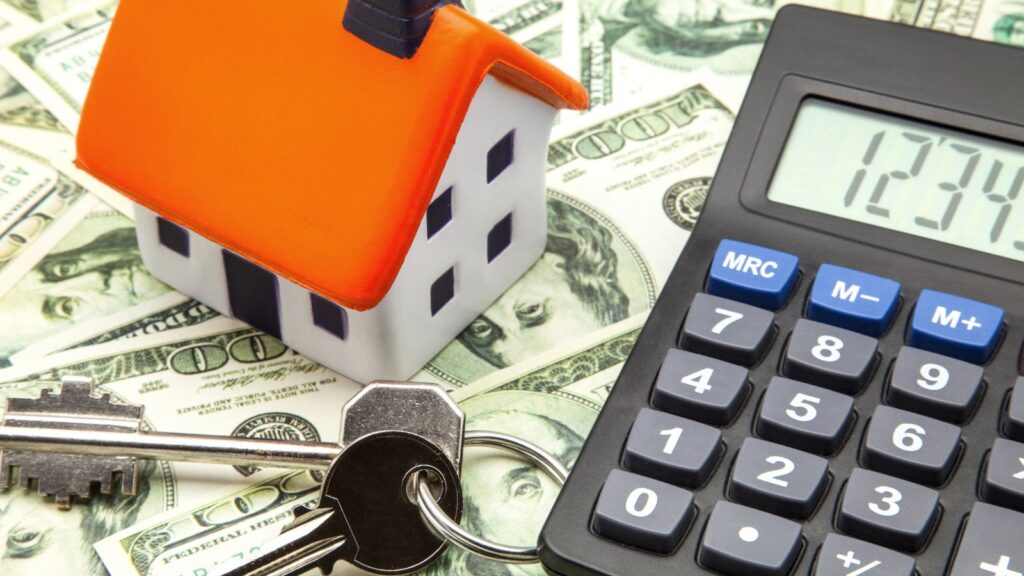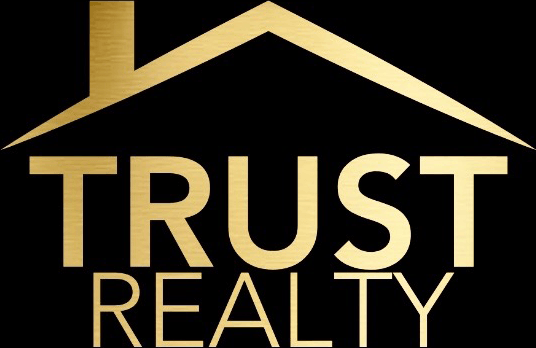Understanding how much house you can afford is one of the most important steps in the home-buying process. It’s not just about crunching numbers; it’s about balancing your financial situation with your personal goals and lifestyle. Whether you’re a first-time buyer or experienced in real estate, knowing your budget will help you make confident decisions and avoid unnecessary stress. Let’s explore the factors that shape affordability so you can move forward with clarity.

Understanding the Importance of Income and Debt
Your income sets the stage for what you can afford in a home. Lenders rely on the debt-to-income (DTI) ratio to calculate affordability, ensuring your housing costs don’t overwhelm your overall finances. The general guideline for a conventional mortgage suggests keeping total monthly debt, including your housing payment, below 36% of gross income, with housing costs capped at 28%.
Consider a household earning $6,000 per month. Following the 28% rule, housing expenses like mortgage payments, property taxes, and insurance should not exceed $1,680. If other debts, such as car loans or student loans, consume a significant portion of income, housing affordability decreases proportionally. Conversely, minimizing debt allows for more flexibility in your housing budget.
To make room for a larger home budget, tackle high-interest debt first, as it can quickly erode your purchasing power. Simple adjustments, like consolidating loans or cutting discretionary spending, can make a meaningful impact over time.
Ultimately, a firm grasp of your income and debt obligations allows you to establish a realistic price range for your home search. This balance ensures you remain financially secure while achieving your homeownership goals, avoiding the pitfalls of overextending your budget. With a clear perspective on income and debt, you can move forward with confidence toward a home purchase.
The Role of Credit in Affordability
Credit health plays a significant role in home affordability, influencing both your ability to secure a mortgage and the terms of the loan. A strong credit score opens the door to competitive interest rates, lowering monthly payments and saving you thousands over the life of the loan. Conversely, a low score may result in higher rates or even disqualification for certain loan programs.
Lenders view your credit score as an indicator of financial reliability. Scores above 740 are typically considered excellent, leading to the best mortgage terms, while scores below 620 may limit your options. A credit score isn’t just a number—it reflects payment history, credit utilization, length of credit history, and more.
Improving your credit takes time, but the effort pays off. Start by reviewing your credit report for errors and disputing any inaccuracies. Paying off credit card balances and avoiding new debt can have a noticeable impact on your score. Consistently paying bills on time demonstrates reliability, which lenders value highly.
Lenders assess the depth and diversity of your credit history in addition to your score. A mix of revolving credit (like credit cards) and installment loans (such as car loans) reflects well, as does maintaining older accounts in good standing.
Strengthening your credit profile improves affordability and widens your options for loan products. Whether you’re months or years from buying, investing in your credit now can result in significant financial benefits when the time comes to purchase a home.
Saving for a Down Payment
A down payment is one of the most pivotal components of the home-buying process, as it directly impacts your loan terms and monthly payments. While some programs allow for low or no down payments, saving more upfront often provides long-term financial advantages.
Conventional loans typically require a down payment between 5% and 20% of the home’s purchase price. If you’re using an FHA loan, the requirement drops to as little as 3.5%. Larger down payments, however, can eliminate the need for private mortgage insurance (PMI) and reduce monthly expenses. For example, on a $300,000 home, a 20% down payment would save you from paying potentially hundreds of dollars per month in PMI premiums.
Start your savings journey with a clear target amount and set aside funds specifically for your down payment. Automating contributions to a dedicated account ensures consistent progress. Look for opportunities to boost your savings through bonuses, tax refunds, or cutting non-essential expenses. Additionally, investigate down payment assistance programs in your area, which may provide grants or low-interest loans to qualifying buyers.
Building a strong down payment also prepares you for the additional financial responsibilities of homeownership. From emergency repairs to routine maintenance, having a financial cushion ensures stability. Whether you’re planning for a modest home or a larger property, saving diligently sets the stage for a more affordable and enjoyable homeownership experience.
Factoring in Additional Costs
Homeownership involves more than the monthly mortgage payment, and understanding additional costs ensures you don’t stretch your budget too thin. These expenses, which vary by property and location, play a crucial role in determining overall affordability.
Property taxes are a significant recurring cost influenced by your home’s assessed value and local tax rates. Homeowner’s insurance is another essential expense, protecting your property against risks like fire, theft, or weather damage. Depending on the neighborhood, you may also face homeowner association (HOA) fees, which cover shared amenities and maintenance.
Utilities such as electricity, water, and internet can add hundreds to your monthly expenses, and costs may fluctuate based on the size and efficiency of your home. Maintenance and repairs also require careful budgeting. Experts recommend saving 1% to 2% of the home’s purchase price annually for upkeep, especially for older properties that may need more frequent repairs.
Researching these costs ahead of time is crucial. Local tax rates and insurance premiums can vary widely, even between neighborhoods. A newer, energy-efficient home may save on utilities and maintenance compared to an older property. By accounting for these factors in your budget, you’ll avoid surprises and ensure your new home fits comfortably within your financial means.
Exploring Loan Options and Pre-Approval
Selecting the right mortgage is crucial since loan terms greatly affect affordability. Lenders offer a variety of loan products, each designed to meet specific needs and preferences.
Fixed-rate mortgages provide stability with consistent monthly payments, making them popular for long-term affordability. Adjustable-rate mortgages (ARMs), on the other hand, offer lower initial rates that may increase over time, which can be beneficial for buyers planning to move or refinance within a few years. Government-backed loans, such as FHA, VA, and USDA loans, cater to buyers with specific circumstances, offering low down payments or favorable terms.
Securing pre-approval from a lender is an essential step in the buying process. Pre-approval not only provides a clear budget but also demonstrates to sellers that you are a serious buyer. During pre-approval, lenders evaluate your income, credit, and financial history to determine how much you can borrow and at what rate.
Comparing offers from multiple lenders is wise, as even small differences in interest rates or closing costs can add up to substantial savings. Ask about loan terms, fees, and any potential penalties to ensure you fully understand the implications of your choice.
Selecting a mortgage that aligns with your financial goals sets the stage for a successful home purchase. The right loan maximizes affordability and ensures long-term satisfaction with your home.
Balancing Wants, Needs, and Affordability
Buying a home requires balancing your desires with what you can afford. While it’s natural to dream of the perfect property, prioritizing your needs ensures you stay within budget and make a sound financial decision.
Begin by identifying the non-negotiables—features like the number of bedrooms, proximity to schools, or commute time. These essentials should guide your search and form the foundation of your decision-making process. Next, list your wants, such as upgraded finishes or additional square footage, and evaluate how they fit into your budget.
If compromises are necessary, focus on aspects that can be changed over time. For example, cosmetic upgrades like paint or landscaping can be added later, whereas location and structural features are more difficult to adjust. Working with a real estate agent can help you identify properties that meet your core requirements while staying within financial limits.
Ultimately, a home should enhance your lifestyle without causing financial strain. Striking the right balance between needs and wants ensures that your home fits your present circumstances and supports your future goals. By keeping affordability in mind, you’ll make a choice that feels right emotionally and financially.
Taking the Next Step in Homeownership
Understanding how much house you can afford is essential to making informed decisions about buying a home. By evaluating your income, credit, savings, and additional costs, you can confidently narrow down your options and focus on homes that align with your budget.
If you’re ready to start your journey, reach out today. I’m here to guide you every step of the way and help you find a home that fits your financial goals and lifestyle.


